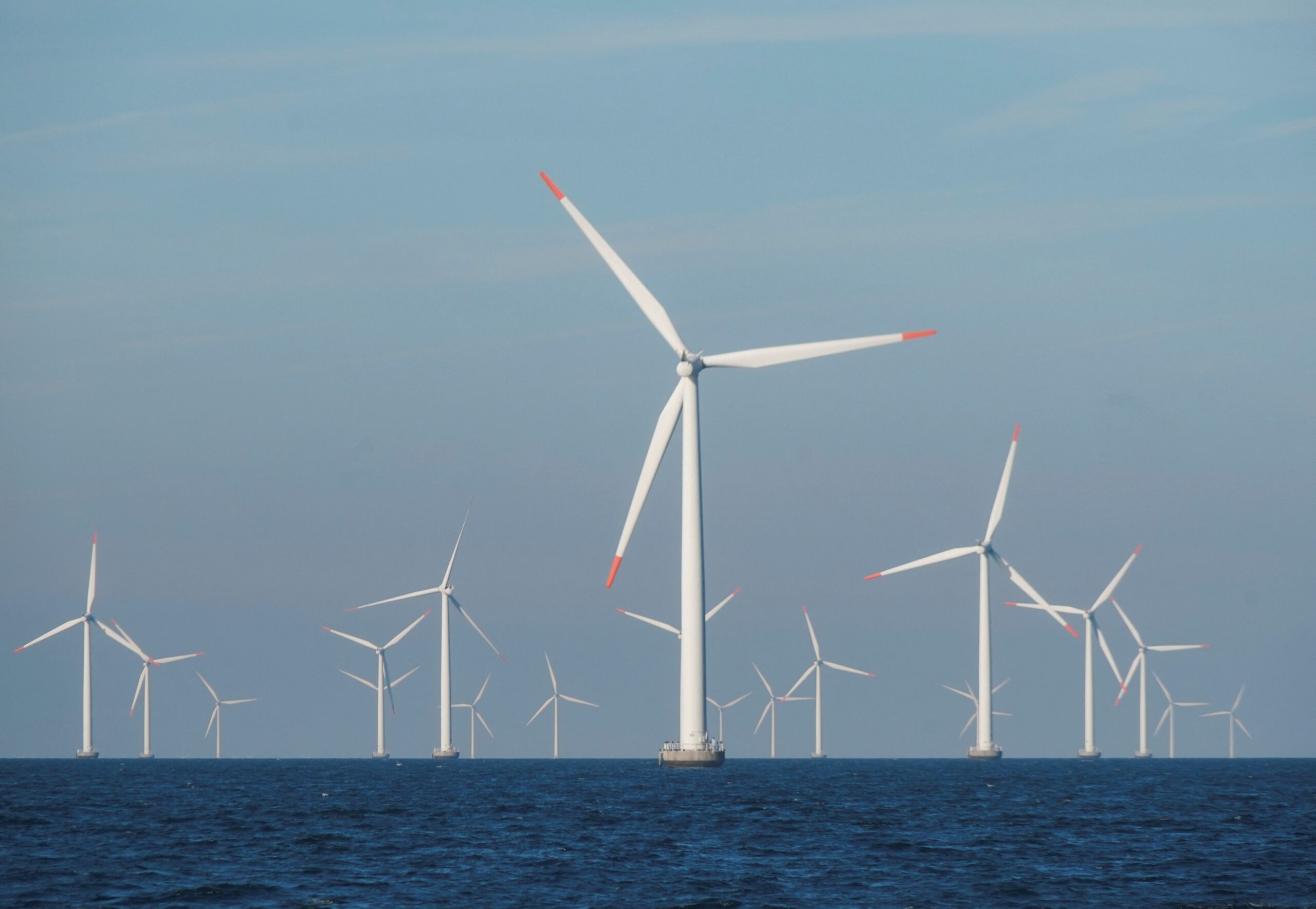Rising demand for floating offshore gas terminals has resulted in the development of new technologies and specialised units, leading to a number of innovative design concepts. Based on DNV’s extensive experience in this segment, the company has prepared a detailed design and construction guidance, scheduled to be released shortly.
According to Conn Fagan, DNV’s Business development manager for offshore gas projects, the FLNG segment is developing rapidly. “A number of FSRUs (floating storage and regasification unit) and SRVs (shuttle and regasification vessel) are currently in operation, and many more floating import gas terminals are now in different phases of development,” he says. “At the same time, the first LNG FPSOs (floating production, storage and offloading) are entering into detailed design phase, and we expect construction of these units to begin in the next two years.”
Mr Fagan says that while DNV’s previous Rules and guidance issued in 2007 were well received by the industry at the time, the rapid development of this segment required a fresh look. “We recognised a demand for an up-to-date, fully comprehensive overview of the many unique technical challenges faced by designers and yards in this segment, covering both design and construction,” he says. “We are confident this guidance will be a useful tool for the industry.”
Broad range of issues
DNV’s Offshore technical guidance on gas terminals will cover a broad range of issues, including classification and regulatory compliance, conversion of gas ships, structural design, sloshing assessment, fatigue assessment, corrosion issues, regasification and liquefaction plant, assessment of novel concepts and qualification of technology, among others.
Mr Fagan, who will present the Guidance at OTC in Houston this spring, says that the Offshore technical guidance (OTG-02), applies to different types of floating units, but is specifically directed towards floating ship-shaped designs. In addition, the issues generally discussed in the Guidance may be adapted to address related options such as LPG (Liquified Petroleum Gas) units, GTL (Gas-To-Liquids) units and CNG (Compressed Natural Gas) units.
“DNV has been fortunate to work closely with a number of major players active in the FLNG industry to resolve a broad range of technical, safety and reliability issues, says Mr Fagan. “This Guidance is grounded in our extensive experience in this segment.”
Source: DNV

 Join The Club
Join The Club










